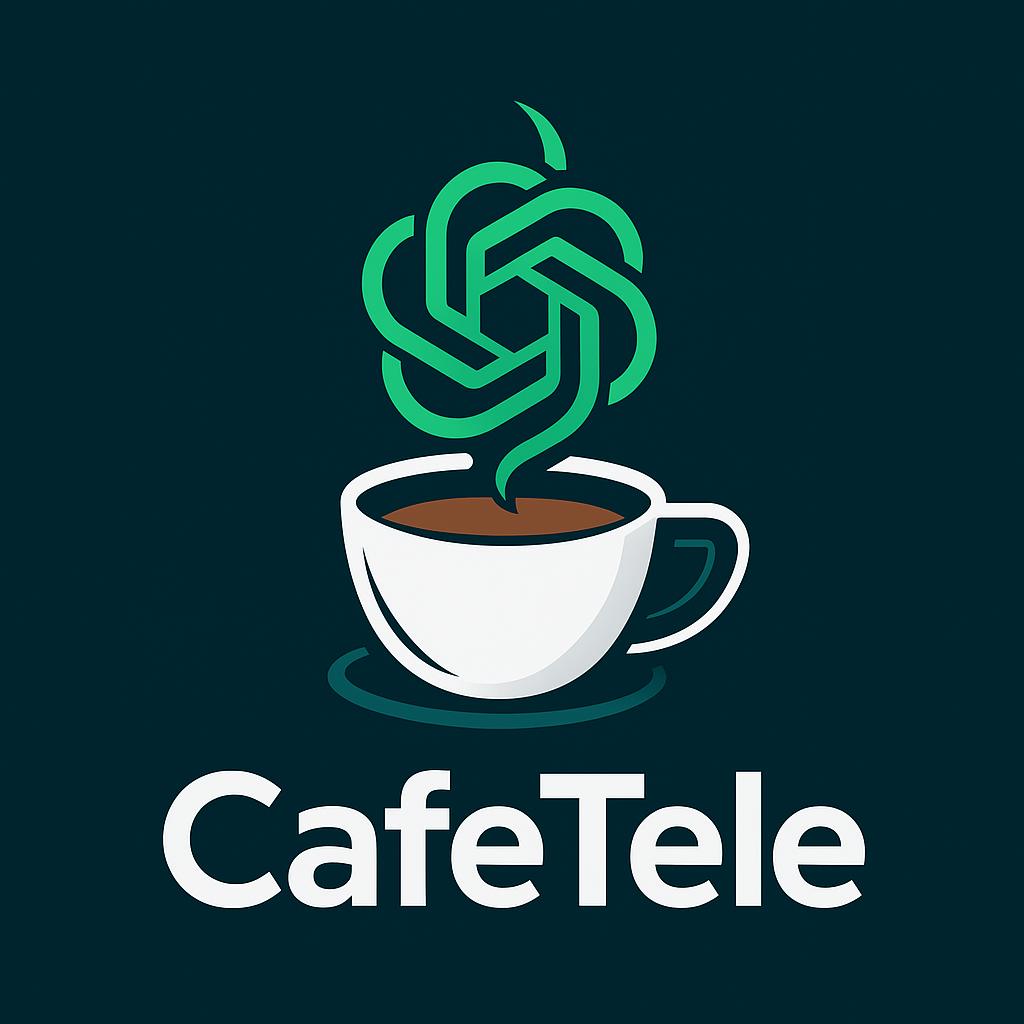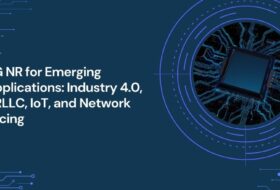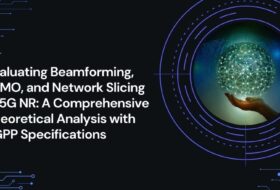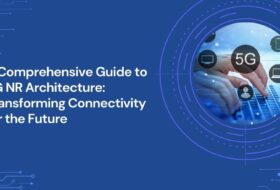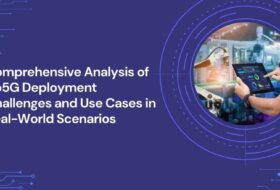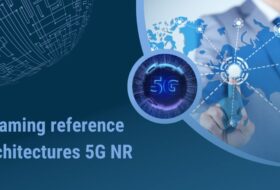5G has been introduced within the release 15 version of the 3GPP specifications.
5G has been specified based upon the requirements of the following use cases:
- Enhanced Mobile Broadband (eMBB)
- Ultra-Reliable and Low Latency Communications (URLLC)
- Massive Machine Type Communications (mMTC)
• eMBB corresponds to a more or less straightforward evolution of the mobile broadband services of today, enabling even larger data volumes and further enhanced user experience, for example, by supporting even higher end-user data rates.
• mMTC corresponds to services that are characterized by a massive number of devices, for example, remote sensors, actuators, and monitoring of various equipment. Key requirements for such services include very low device cost and very low device energy consumption, allowing for the very long device battery life of up to at least several years. Typically, each device consumes and generates only a relatively small amount of data, that is, support for high data rates is of less importance.
• URLLC type-of-services are envisioned to require very low latency and extremely high reliability. Examples hereof are traffic safety, automatic control, and factory automation.
